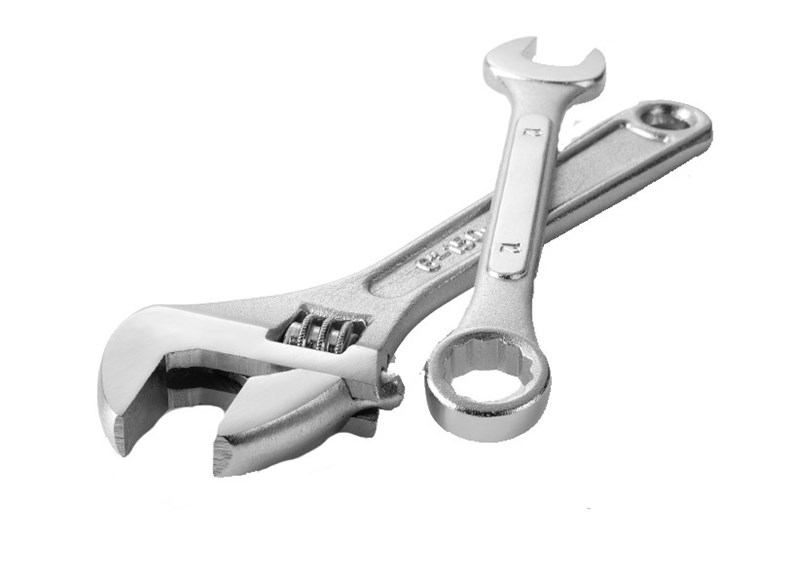Few things are worse than stepping out into the January cold and immediately slipping on icy concrete. It’s a tough decision to leave the warm environs of your co-op or condo apartment to go out into the frigid cold. Learning proper deicing techniques will help avoid bruises and potential lawsuits from slip and falls on co-op and condo property. In addition, boards and community associations must take care of icy sidewalks and parking lots as they can become a safety concern for all residents living in the building or in the condo complex.
Deicing compounds, combined with an abrasive element such as sand or kitty litter, break the bond between ice and the ground. The abrasive elements provide traction and reduce the overall amount of chemical used while the deicing chemicals combine with available moisture to form liquid brine, which has a lower freezing temperature than water. The brine melts downward until it can seep between the ice and pavement. Some deicers cause a chemical reaction that produces heat, further melting the problematic ice. Buying chemicals in pellet form is ideal because pellets dissolve more evenly than flakes or crystals, yielding stronger brine.
There are four deicing chemicals available:
a) sodium chloride (rock salt)
b) calcium chloride
c) calcium magnesium acetate (a salt-free agent)
d) urea (synthesized from ammonia and CO2)
The most commonly used deicing chemical is calcium chloride because it produces heat when reacting with water and actually attracts and retains surrounding moisture. Even in the most extreme temperatures, calcium chloride works to thaw unwanted frost. However, the chemical deicer one chooses should be determined by average outside temperature and surrounding vegetation, so as to successfully remove ice without damaging nearby plants.
The most common misconception about deicing compounds is their effect on concrete. Such compounds do not erode concrete. It is the fluctuation between freezing and thawing that results in the asphalt and concrete fissures that give you a flat tire come spring. When concrete, which is made of small micro-pores clustered closely together, gets wet, the water seeps into those spaces. When this water freezes, the micro-pores expand, producing cracks and holes. Deicers crack the bond between ice and concrete, but do not evaporate moisture. For this reason, deicing solutions cannot be the only ice and snow removal method. Instead, combine deicing techniques with good old shoveling to best mitigate potential concrete damage. And remember, when shoveling always push, don’t lift, the snow.
In New York City, it is the landlord or building owner’s responsibility (in most cases, that means the co-op corporation or the condo association) to remove snow and ice from sidewalks and paved surfaces in a reasonable time frame. The City Administrative Code provides that snow must be removed within four hours of the time it stops falling—excluding the hours between 9 p.m. and 7 a.m. The code also provides that snow and ice that are frozen so hard they cannot be removed are to be treated with ashes, sand, sawdust or some similar material until it is possible to thoroughly clean them.
Protecting Your Roof Too
While you have to maintain the sidewalks below, rooftops can also become a potential hazard if ice and snow forms a buildup on a flat or pitched roof. This is commonly referred to as an ice dam.
An ice dam is the ridge of ice that builds up along the edge of a roof and clogs the gutters and roof drains. Normally, snow buildup melts and flows through the gutters and downspouts to the ground. When air temperature is below freezing at night and above freezing during the day, the snow on the roof will melt during the day and flow down the roof into and out of the gutters and roof drains. At night when the temperature drops, this water refreezes on the roof and in the drains and creates an ice dam. This dam of ice traps the runoff water, which then backs up on the roof potentially creating a water leak inside. Improper insulation and a lack of ventilation accentuate the problem. Both improper insulation and insufficient ventilation allow heat to escape and warm the underside of the roof causing the snow to melt.
Snow buildup is another potential cause of moisture infiltration which is due to snow which sits on the roof for extended periods of time. The most common area of concern is wherever a vertical wall exists, such as at a chimney or places where mechanical equipment often sit. This vertical wall creates a space for snow to sit for extended periods of time which is the location where step flashing is installed during standard roofing construction and generally extends only a few inches up the vertical wall. If not installed correctly, snow can build up on the roof allowing water to get inside the walls and underneath the flashing.
Prevention is the Best Defense
The best way to prevent ice dams and curtail water infiltration problems is to decrease the heat below the roof deck and by clearing off the snow. The cooler the roof is, the less melt off occurs. Improving insulation and ventilation is one of the most effective means of keeping the temperature of the space directly below the roofing at an appropriate level. This area should be nearly the same temperature as outside.
The best defense against water infiltration and ice damming is to be proactive. If you are concerned about ice damming and water infiltration conditions at your building or condominium association, consider hiring a professional engineer to inspect the affected buildings to ensure they can weather anything Mother Nature brings their way.
John Stevens is a vice president and general manager at Kipcon, an engineering and consulting firm with offices in New York City and North Brunswick, New Jersey.







Leave a Comment